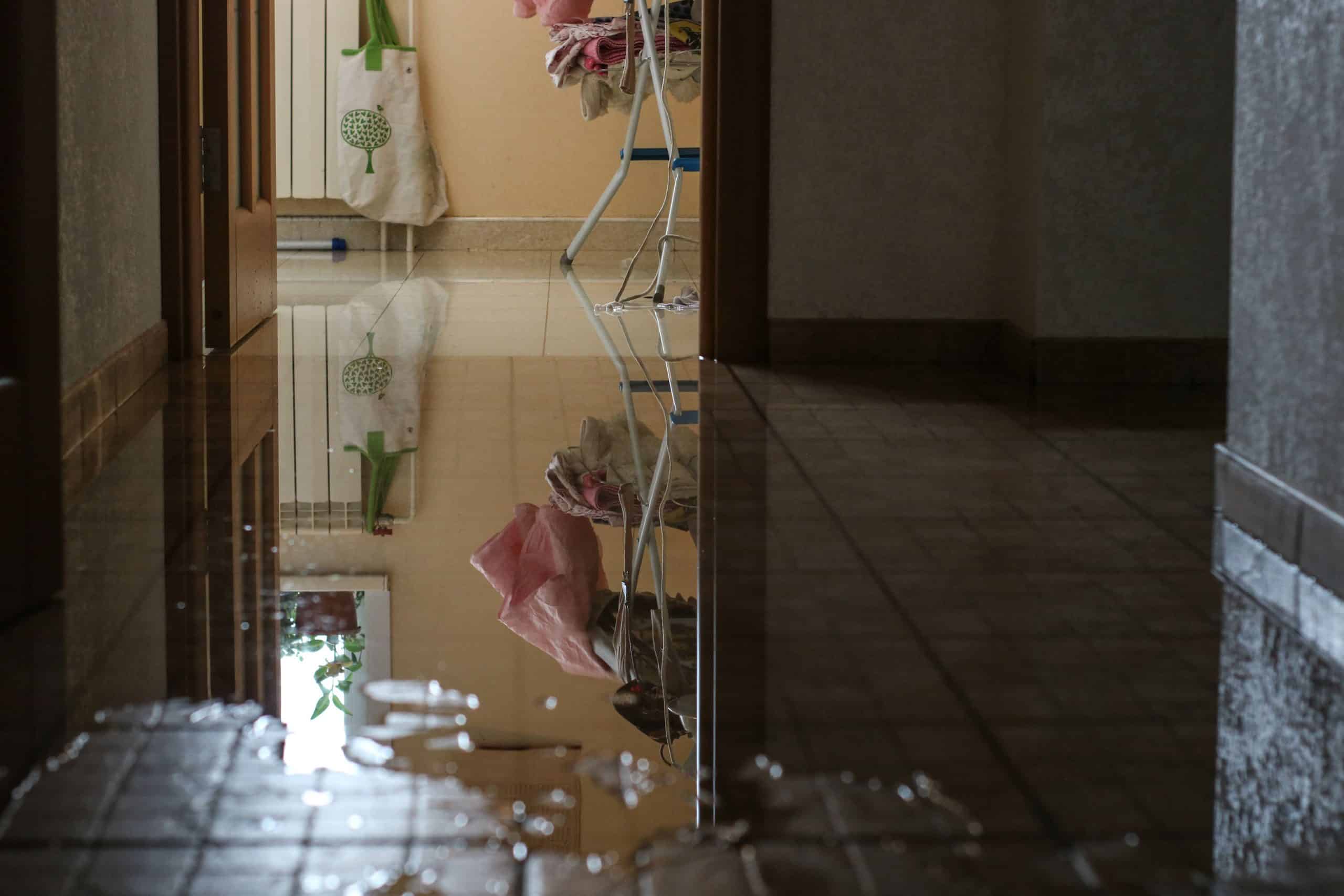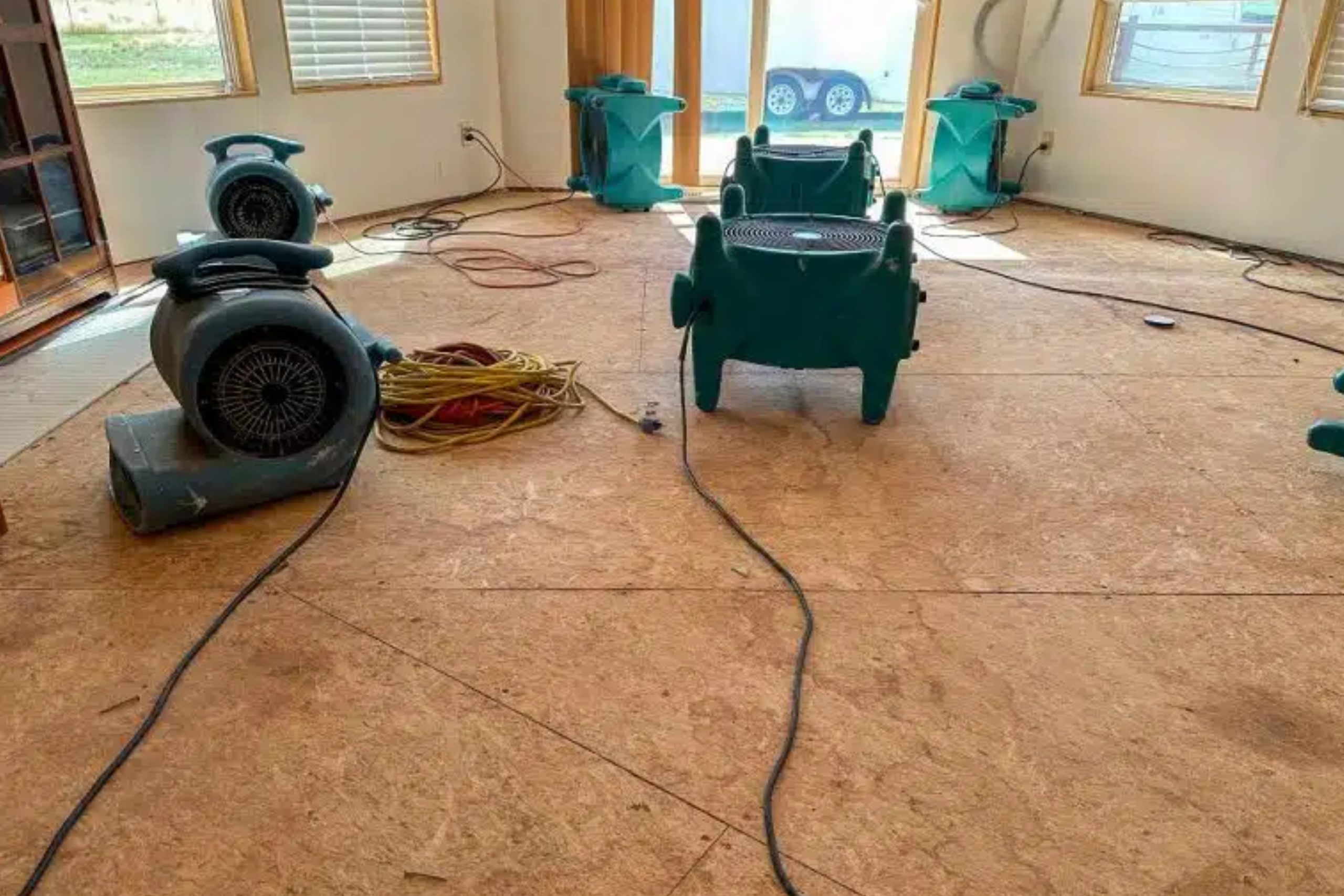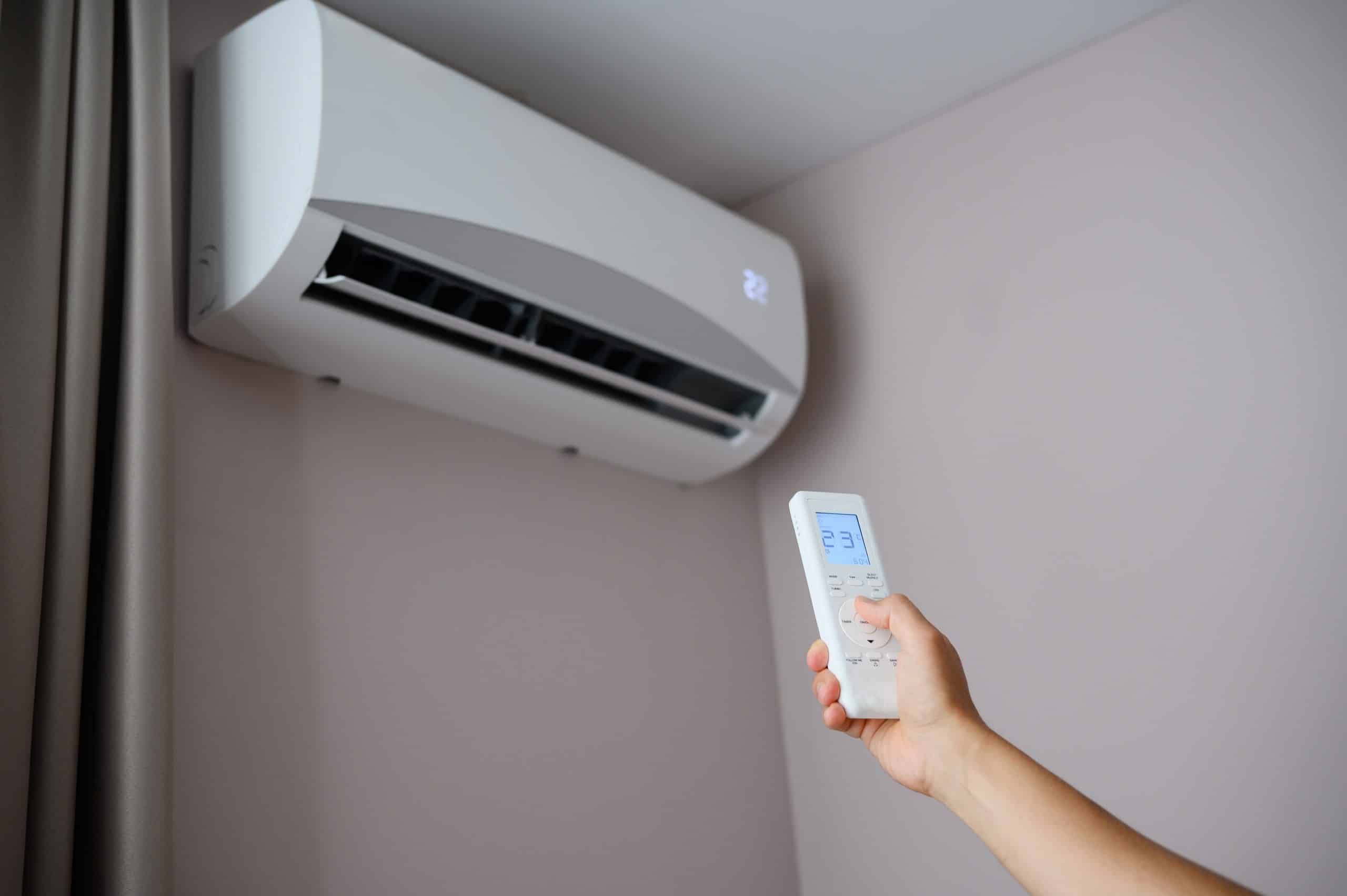Fact: Properly restored floors and furniture recover up to 90% of their original beauty and…

What Makes Basement Flood Cleanup So Technically Challenging
If you’ve ever experienced a flooded basement, you know it’s not as simple as just drying the floor. Basements pose unique challenges when it comes to flood recovery. From hard-to-reach spaces to slow drainage and the potential for structural problems, basement flood cleanup is one of the most technically demanding restoration jobs a homeowner can face.
At Property Craft, we’ve seen the worst of basement flooding in Colorado homes. Whether the cause is a heavy storm, a broken sump pump, or a burst pipe, one thing remains the same: waiting or attempting a DIY fix almost always makes things worse. In this blog, we’re breaking down the real reasons why basement water damage is so complex and what our experts do to fix it right the first time.
Water Doesn’t Drain Naturally in a Basement
Unlike ground-level rooms, basements are built below grade. That means water naturally flows into them, not out. This is the first major challenge of flood damage cleanup in the lower levels. If the water is not actively pumped out using professional-grade water extraction services, it can sit for days, saturating framing, drywall, flooring, and even your foundation.
Our team arrives with commercial extraction systems capable of rapidly removing thousands of gallons from deep or hard-to-access spaces. We also use moisture mapping to find where water may be pooling behind finished walls or under built-ins.
Concrete Absorbs More Than You Think
Many homeowners think concrete is waterproof. It’s not. It’s a porous material that absorbs moisture and retains it for an extended period after visible puddles have disappeared. That’s why professional structural drying services are critical. Our technicians use air movers, heaters, and dehumidifiers to extract water from the concrete itself before it can cause long-term humidity problems.
Drying a basement isn’t just about surfaces. It’s about stabilizing the entire environment, particularly when the floodwater originates from a major water line break or a sustained storm, such as a flood cleanup emergency.
Water Can Enter From Multiple Points
Basements are vulnerable to multiple types of water intrusion. These include seepage through walls, backflow through drains, and appliance failures. At Property Craft, we’ve seen everything from clogged drain overflow disasters to appliance leak cleanup scenarios that fill the entire lower level.
The trick is to identify all entry points, not just the obvious ones. In many cases, a basement floods from both the floor and walls simultaneously, creating a pressurized environment that requires a layered extraction and drying approach.
Contents and Storage Increase Complexity
Basements are often used for storage. When floodwater reaches boxes, shelves, furniture, and personal items, it becomes a much more labor-intensive job. We utilize a detailed contents pack-out and cleaning system to remove salvageable items, thoroughly clean them, and store them off-site during the repair process.
Many items require the recovery of water-damaged contents, including electronics, tools, seasonal clothing, and keepsakes. Our team conducts on-site assessments to determine what can be saved and what needs to be replaced, providing you with peace of mind and straightforward answers.
Electrical and HVAC Risks Multiply
Basements typically house critical systems, such as HVAC units, electrical panels, and water heaters. When these are submerged or exposed to high humidity, you face risks of fire, system failures, and contaminated air circulation.
Our crews are trained to coordinate HVAC discharge line repair, disconnect and assess electrical threats, and restore safety before any other work begins. This prevents the risk of further damage during the drying and reconstruction phase.
Flooring Issues Go Deeper Than Surface
A flooded basement with finished floors, like tile, wood, or carpet, presents an additional level of complexity. Water often gets trapped underneath these materials, particularly under padding or floating floor systems. If left untreated, you may end up with warped planks, moldy subfloors, and separation of seams.
We utilize specialized equipment to remove water from beneath surfaces and monitor floor water damage over several days to ensure that materials remain dry and stable. For carpeted basements, padding is often removed, and carpet is dried separately using dehumidification tools.
Odors Linger Without Full Treatment
Basements already tend to be musty. Add a flood, and you now have odors that are trapped in porous materials, wood, and even your belongings. If water comes from a sewage removal & cleanup situation or has been left standing too long, the smell becomes even more intense.
Our deodorizing team performs smoke odor removal and vapor neutralization, even when no fire was involved, because moisture and organic materials can cause bacteria-driven odors. We finish with air scrubbers and negative air machines to restore a clean indoor environment.
The Risk of Structural Shifting
Long-standing water in a basement doesn’t just damage finishes; it also poses a significant health risk. It can compromise the integrity of your home. Over time, waterlogged concrete or framing can shift, leading to foundation problems, cracks in walls, and misaligned doors above.
At Property Craft, our team includes experts in structural restoration. We stabilize load-bearing walls, repair framing, and ensure that the entire space is safe for occupancy again. You may not notice structural damage immediately, but if you skip this part of the recovery process, the risk increases over time.
A Small Leak Can Still Wreak Havoc
Not all flooded basements result from dramatic events. We’ve handled numerous cases where a pipe leak cleanup service call escalated into a full-scale basement recovery job because water was leaking slowly over several weeks.
Whether it’s a broken water pipe repair, a failed sump pump, or even a minor roof leak that caused seepage down into the basement, minor problems turn big quickly. Our fast response and accurate assessments prevent those slow leaks from turning into major expenses.
One Call Handles It All
From initial emergency water removal to complete restoration to working with your insurance company, Property Craft handles every step of the process. That includes handling overflow issues, such as toilet overflow cleanup, kitchen sink overflow, or more severe weather-driven situations, like hail damage restoration or removing a fallen tree from the roof that causes water intrusion in basement-level rooms.
If fire or smoke contributed to the problem, such as in a fire damage restoration situation where the basement suffered secondary damage, we also provide fire and smoke cleanup services as part of a comprehensive recovery.
Why You Need a Specialist
Basement floods aren’t like any other type of water damage. The risks are higher, the drying process is more challenging, and the systems involved are more complex. That’s why choosing a company with genuine technical expertise is crucial. At Property Craft, we combine cutting-edge tools with hands-on expertise to make sure your basement is safe, dry, and secure for the future.



